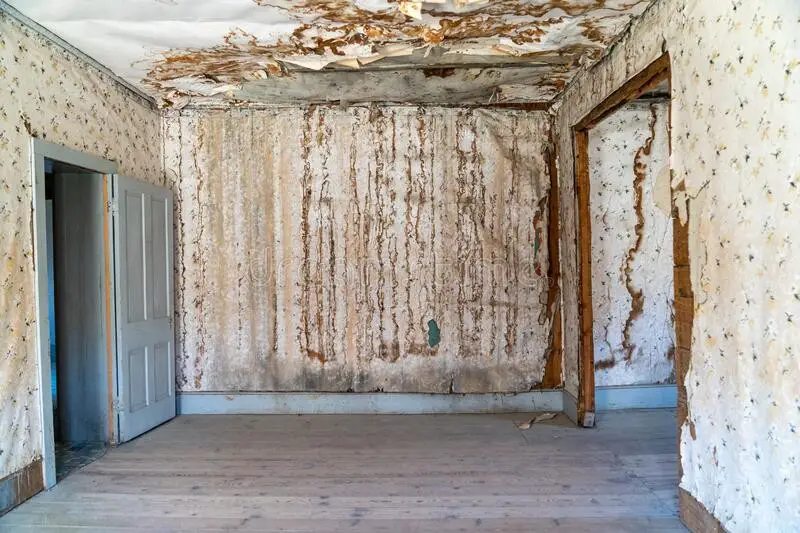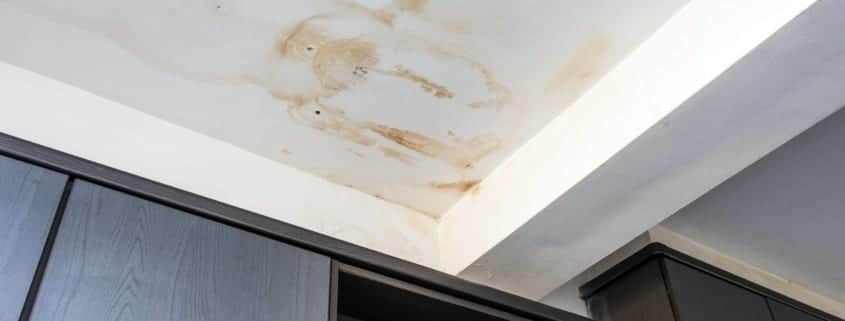We have found this post about Indicators of Water Damage Behind Walls directly below on the net and thought it made perfect sense to share it with you in this article.

Water discolorations on walls are not positive to the eyes. In some cases it appears practically unpreventable to experience water stains on wall surfaces in homes.
House owners living in damp areas continuously take care of the concern of water stains on wall surfaces. That doesn't have to be the situation for you. With well-rounded as well as precise information on the reasons for water spots as well as timely fixing procedures, you will certainly always be a step ahead of such occurrences. So, this short article guarantees to be a practical guide for you.
3 Common Causes of Water Stains on Wall Surfaces
Unlike common belief, water discolorations on wall surfaces do not always come from inadequate structure products. There are a number of reasons for water spots on walls. These consist of:
Poor Water drainage
This will protect against water from leaking into the wall surfaces. This links to too much wetness that you see on the walls of your structure.
So, the leading reason for damp walls, in this instance, can be a poor water drainage system. It can also be because of inadequate management of sewage pipelines that run through the structure.
Damp
When warm damp air meets with completely dry cool air, it causes water beads to base on the walls of buildings. This takes place in bathroom and kitchens when there is vapor from cooking or showers. The water droplets can discolor the bordering walls in these parts of your home as well as infect other areas.
Wet or condensation affects the roofing system as well as wall surfaces of structures. When the wall is damp, it develops an appropriate atmosphere for the development of fungis and also germs.
Pipeline Leaks
Most homes have a network of water pipes within the walls. This ensures that the pipes are well away from the reach of damaging rats. It constantly boosts the practicality of such pipelines, as there is little oxygen within the wall surfaces. This prevents corrosion.
Yet, a drawback to this is that water leakage impacts the wall surfaces of the structure and also creates prevalent damages. A dead giveaway of damaged pipes is the look of a water stain on the wall.
Water Stains on Wall: Repair Service Tips
House owners would typically desire a quick fix when handling water stains. Yet, they would quickly recognize this is detrimental as the water stains repeat. So, below are a couple of handy ideas that will direct you in the repair of water spots on walls:
Pro Pointer
A houseplant in your home additionally enhances its moisture. So, if your home is currently damp, you might wish to present houseplants with minimal transpiration. An example of appropriate houseplants is succulents.
Conclusion
Although no one intends to have water stains on walls in their house, it can occur to the most effective of us. This article provides you utilize, as you now understand just how to handle this accident if it does take place.
It is always best to recruit expert solutions to help take care of the damages in your home.
Often it seems practically inescapable to experience water spots on wall surfaces in residences.
Contrary to prominent idea, water discolorations on walls do not always stem from bad structure materials. There are a number of causes of water discolorations on wall surfaces. The water beads can stain the surrounding wall surfaces in these components of your home as well as spread to other locations.
Below are a couple of helpful tips that will direct you in the repair service of water discolorations on wall surfaces:
CHECKING FOR WATER DAMAGE
Water damage can be costly, and it may begin before you even notice the first signs of trouble. Water damage can cause mold and mildew in your walls and floors, which can create an abundance of health concerns for your family. It can also lead to costly repairs of various appliances and general home fixtures. To avoid the pricey consequences of water damage, here are Warner Service s top 5 places you should check:
The walls The easiest place to spot the beginnings of water damage is on the walls and ceilings of your home. If water damage is present, there will most likely be water stains, especially around the windows and doorframes, and/or cracks in the drywall. If a stain looks unusual (discolored to brown, black or gray, raised texture), has a swollen appearance or is soft to the touch, contact a professional immediately. The pipes To avoid water damage, consistently check the pipes in your kitchen (especially the dishwasher and ice maker), bathrooms, laundry room (specifically washing machines) and basement for corrosion, leaks and water stains. Pay special attention to where the pipes connect in your home and the location of caulking around the bathroom fixtures, including toilets, sinks, showers and tubs. Missing or loose caulking and grout could be signs of leaking water. This seepage can also quickly cause mold and rust, so double check your water heater and tank for wet spots on the floor. The floor Water damage is very easy to spot on the floor. Look for any warping or buckling of the material, especially in the basement. If your home has wood flooring, look for bright white or dark stains. If your home has carpeting, keep it dry and clean. A damp carpet that smells of mold could cause water damage and health problems. To avoid this, consider installing floor pans under your appliances to help prevent damages from small, slow and undetected leaks. The basement and attic If your basement or attic smells odd check for mold and mildew around the area, especially the valley where the roof meets. While you are inspecting those areas, check for wall cracks, floor stains, rust and dampness in the insulation. If you live in a colder and/or rainier climate, perform routine checks for water damage from melting snow or ice and rain. The exterior Check the roof for damaged flashing and missing, cracked or curled shingles. There should also be no standing water anywhere outside your home. This could be caused by puddles, leaky rain gutters or hoses, poor drainage, or short gutter spouts. Invest in a sump pump system or water flow monitoring system, and perform routine maintenance on these outdoor appliances to avoid indoor water damage.

We hope you enjoyed our topic about How to Remove Water Stains from Walls and Ceilings. Thanks for taking time to read our post. Those who appreciated our page plz do not forget to pass it around. Thank you for going through it.
This Post